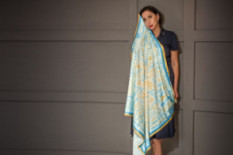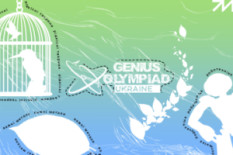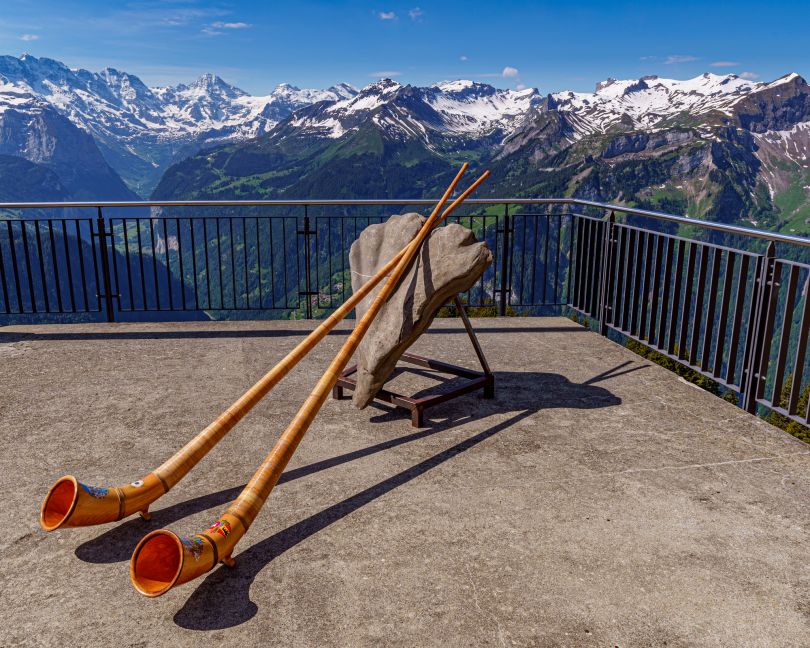 International Alphorn Festival
International Alphorn FestivalNendaz, Valais - End of July
Alphorn is an extraordinary musical instrument similar to the Ukrainian Trembita. Shepherds traditionally used it to call cows from pastures and communicate with others. It has become a tourist attraction and a truly national symbol of Switzerland.
Every year in July, lovers of alphorns can visit the Valais Drink Pure Alphorn Festival in Nendaz. The event takes place on a mountain plateau high above the town.
Attendees can enjoy Alphorn playing workshops, competitions among Alphorn players, and powerful concerts featuring 150 musicians simultaneously.
 Swiss National Day
Swiss National DayNationwide, July 31st - August 1st
Swiss National Day is celebrated every year on August 1st to commemorate the historic alliance formed in the summer of 1291 by the three cantons of Uri, Schwyz, and Unterwalden, which laid the foundation for the Swiss Confederation.
During the holiday, all houses across the country are solemnly adorned with national flags, bakers prepare special buns, and children roam the streets at night with paper lanterns.
The decoration of the holiday includes fireworks organized by the authorities in all cantons. In the evenings, numerous bonfires are also lit on the hills.
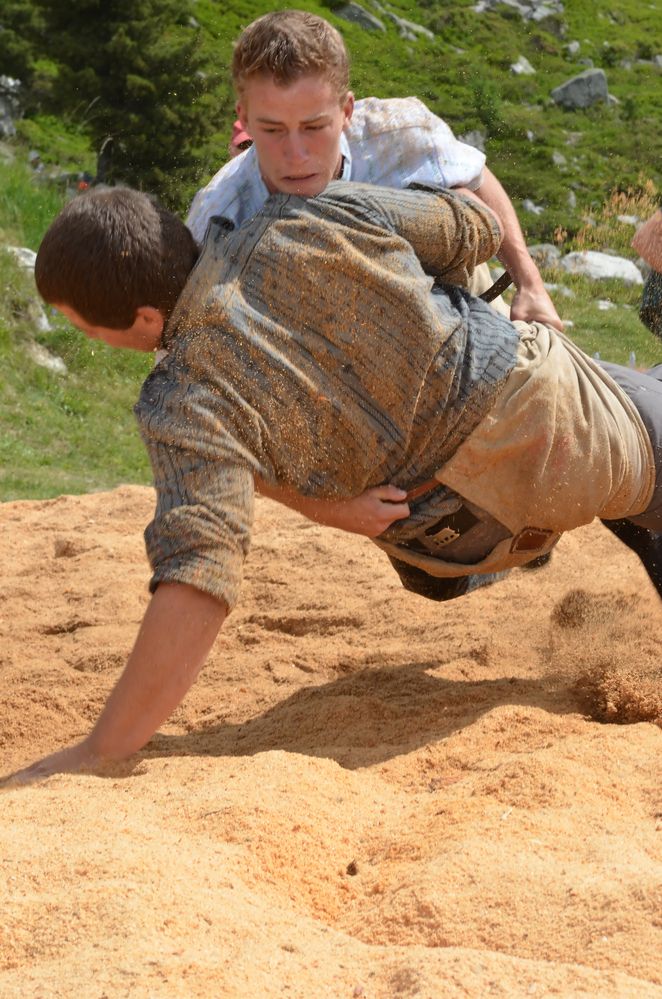 Schwägalp Schwinget
Schwägalp SchwingetUrnesh, Eastern Switzerland. Mid-August
The Schwägalp Schwinget festival is one of the most vibrant festivals dedicated to the traditional Swiss sport of Schwinget. It is a type of wrestling where the strongest men compete against each other. It has its own Swiss specificity and is quite spectacular.
Throughout the summer, the best wrestlers, known as Bösen, compete in various festivals throughout the country.
The special feature of the Schwägalp Schwinget competition is that it takes place near the foot of the magnificent Mount Säntis, combining the strength and beauty of the wrestlers with the might and beauty of the mountain. More information here.
 Désalpe in Engelberg
Désalpe in EngelbergEngelberg, Obwalden. Late September - October
In early and mid-autumn, beautifully adorned cattle descend from alpine pastures in different regions of Switzerland. The cattle, which have spent four months on the pastures, finally return home. All of this happens to the sound of ringing bells and the joyful shouts of the animal owners and festival guests.
The descent of cattle (Désalpe) in Engelberg to the plains is a wonderful opportunity to start the autumn season and experience the beauty of traditional Swiss customs. More information here.
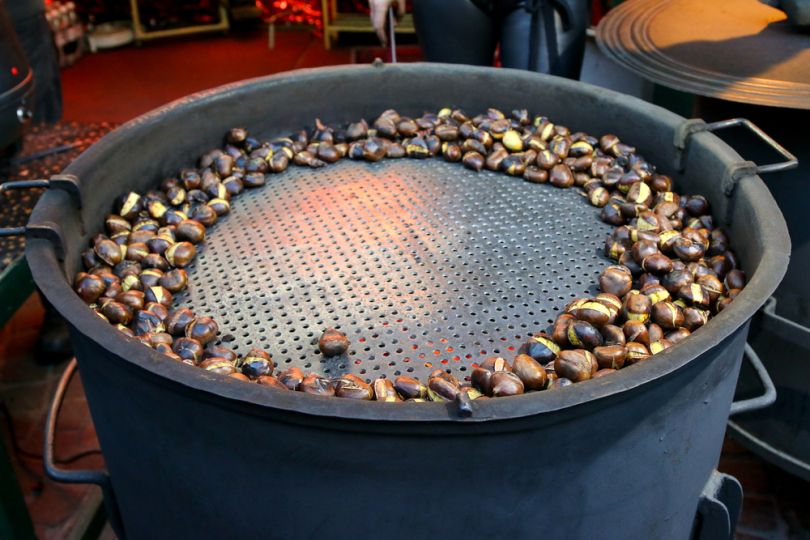 Chestnut Festival
Chestnut FestivalAscona, Ticino. Mid-October
Once considered food for the poor, chestnuts are now part of the gastronomic culture of the Ticino region. Chestnuts are served everywhere. In honor of this culinary treasure, the famous Chestnut Festival takes place every year in October on the picturesque shores of Lake Ascona. It offers a variety of delicious chestnut dishes, music, and fairs. More information here.
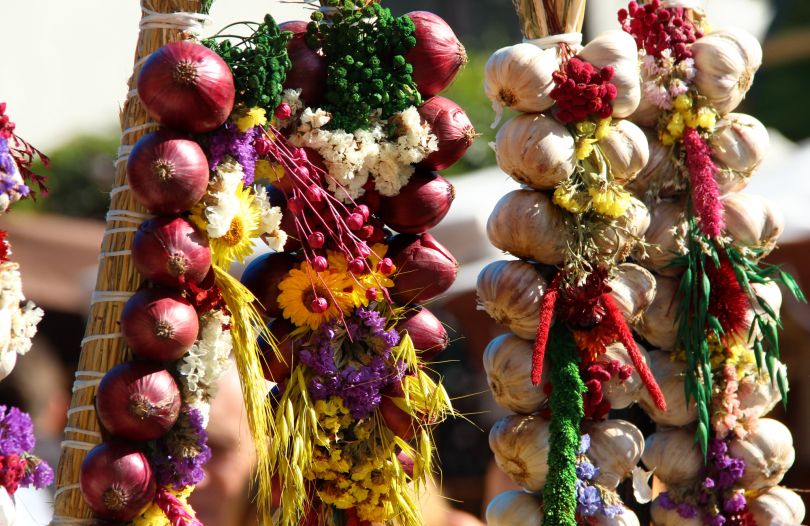 Onion Market (Zibelemärit)
Onion Market (Zibelemärit)Bern, Late November
Every year, on the fourth Monday of November, the beloved Onion Market enlivens the city of Bern. Part of the old town transforms into a giant market, and thousands of visitors enjoy onion pies and other tasty delicacies, admire the beauty of artistic onion crafts, and have the opportunity to stock up on this vegetable for the winter as the offerings from local farmers are impressive. However, the festival is not only about onions; there are also plenty of other vegetables, fruits, and nuts. More information here.
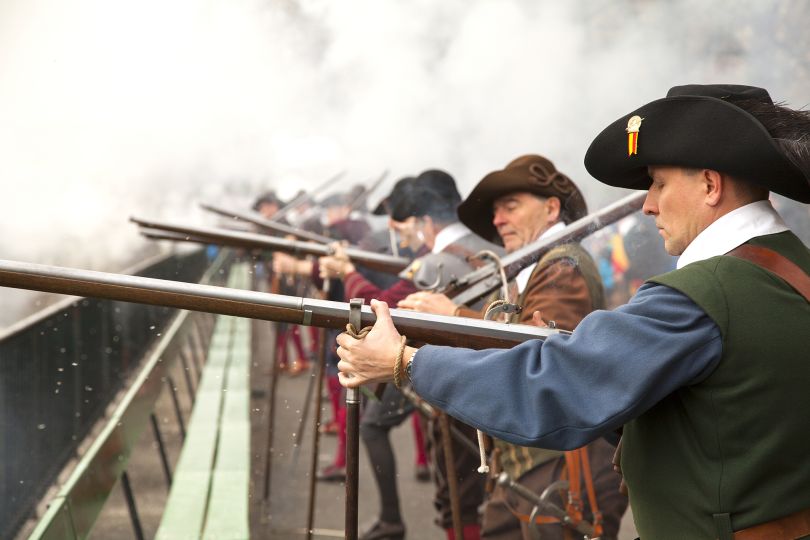 Fête de l'Escalade
Fête de l'EscaladeGeneva, December 12th
Escalade is a Geneva festival celebrated annually in December to commemorate Geneva's victory over the troops of the Duke of Savoy in 1602.
Hundreds of people in medieval costumes, halberdiers, arquebusiers, horsemen, and various historical characters wander the streets of the old town. This allows you to feel like a 17th-century citizen.
A mandatory condition for all visitors is to taste the famous chocolate cauldron in honor of the bravery of Mère Royaume, a woman who, according to legend, scalded the enemy with a cauldron of soup. After the ceremonial phrase "Ainsi périrent les ennemis de la République" ("Thus perished the enemies of the Republic"), the oldest and youngest participants together break the cauldron. And inside, there are marzipan vegetables and sweets to indulge in. More information here.
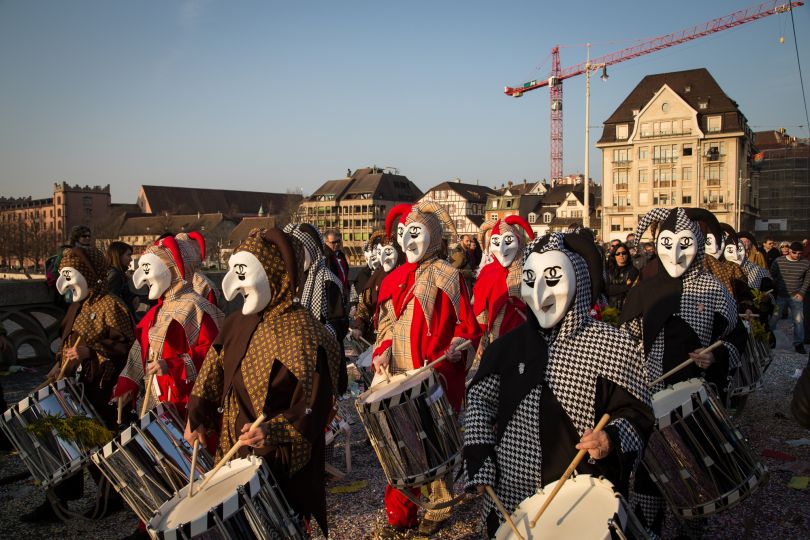 Basel Carnival
Basel CarnivalBasel, February/March
This is Switzerland's largest carnival and embodies the wild creative energy of the city. The festival begins at different times, as it is tied to Ash Wednesday, which marks the start of Lent.
The carnival involves 15,000 to 20,000 participants. A mandatory requirement for participation is masks and costumes.
The Basel Carnival has been included in UNESCO's intangible cultural heritage list because it is a unique and impressive event. More information here.
 Sechseläuten
SechseläutenZurich, Mid/late April
This spring festival comes from the medieval custom of ringing the Grossmünster bell at six o'clock every evening, signaling the end of the workday. The first bell of the season rang in spring, symbolizing its arrival. The beginning of spring is always a good reason to celebrate.
The festival's highlight is the burning of the Böögg, the effigy of Winter. The straw monster is placed on a bonfire. The time it takes to burn completely predicts the weather for the summer: the faster the Böögg turns to ashes, the greater the hope for a warm summer! More information here.
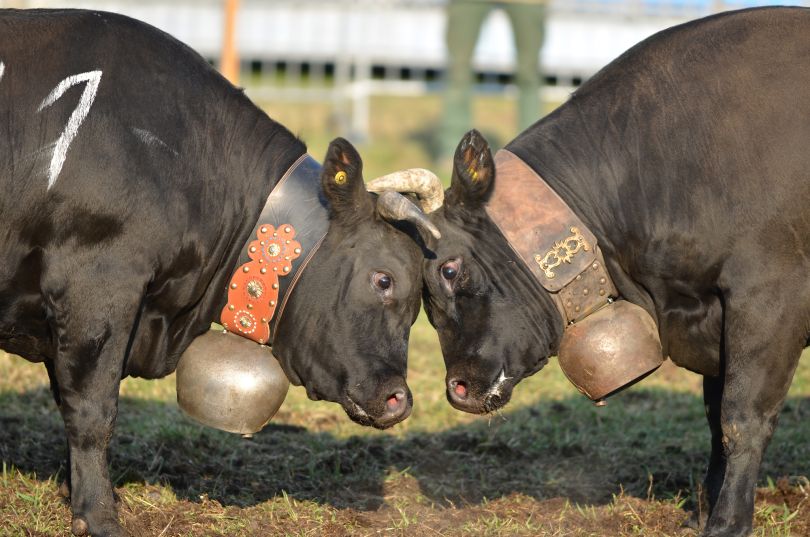 Finale Nationale de la Race d'Hérens (National Final of the Hérens Cattle)
Finale Nationale de la Race d'Hérens (National Final of the Hérens Cattle)Aproz, Valais. Early May
Hérens black cows, more than any other breed, know how to establish a social hierarchy within their herds. They are willing to lock horns and compete like true fighters to claim a dominant position. The cows interlock horns, stand firmly on their feet, and push with all their might. In this way, the stronger forces the weaker one to retreat, determining the regional and nationwide "queens of cows."
Such tournaments are organized at different times and regions, but the final takes place in May in Aproz. More information here.
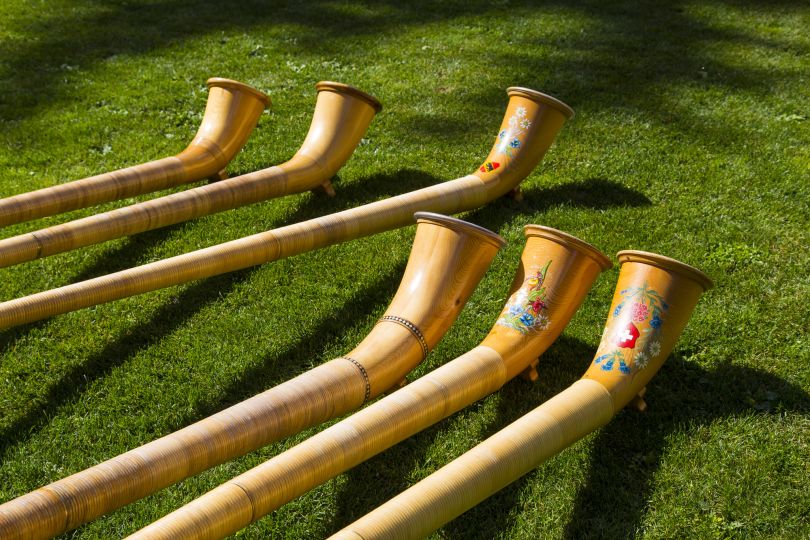 Swiss Yodeling Festival
Swiss Yodeling FestivalVarious regions, June
Natural yodeling (a specific type of singing by mountain dwellers) probably existed even in the Stone Age in various remote mountainous regions worldwide. This technique was used everywhere for long-distance communication. But as an art form-choir singing-yodeling only developed in the 19th century.
Currently, the Swiss Yodeling Festival takes place every three years in different locations and each time, you can hear impressive polyphonic singing performed by various ensembles.
Visitors can enjoy various concerts, folklore performances, and traditional Swiss cuisine. More information here.
